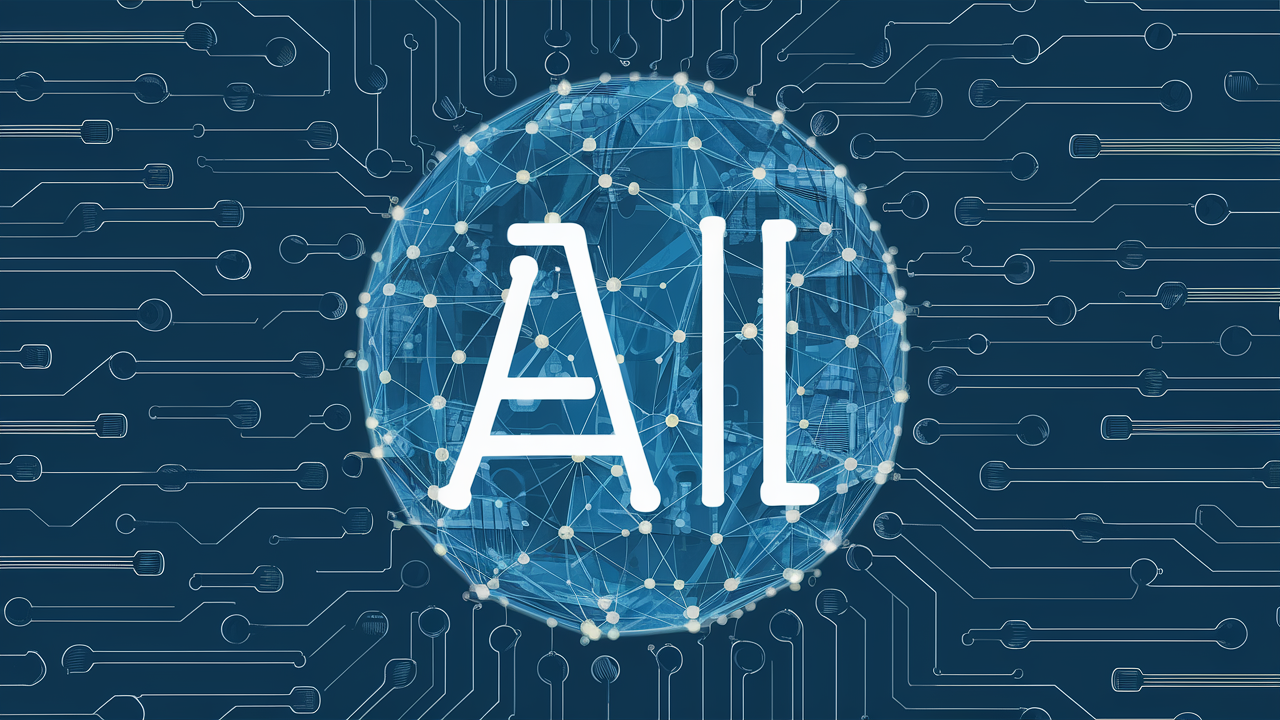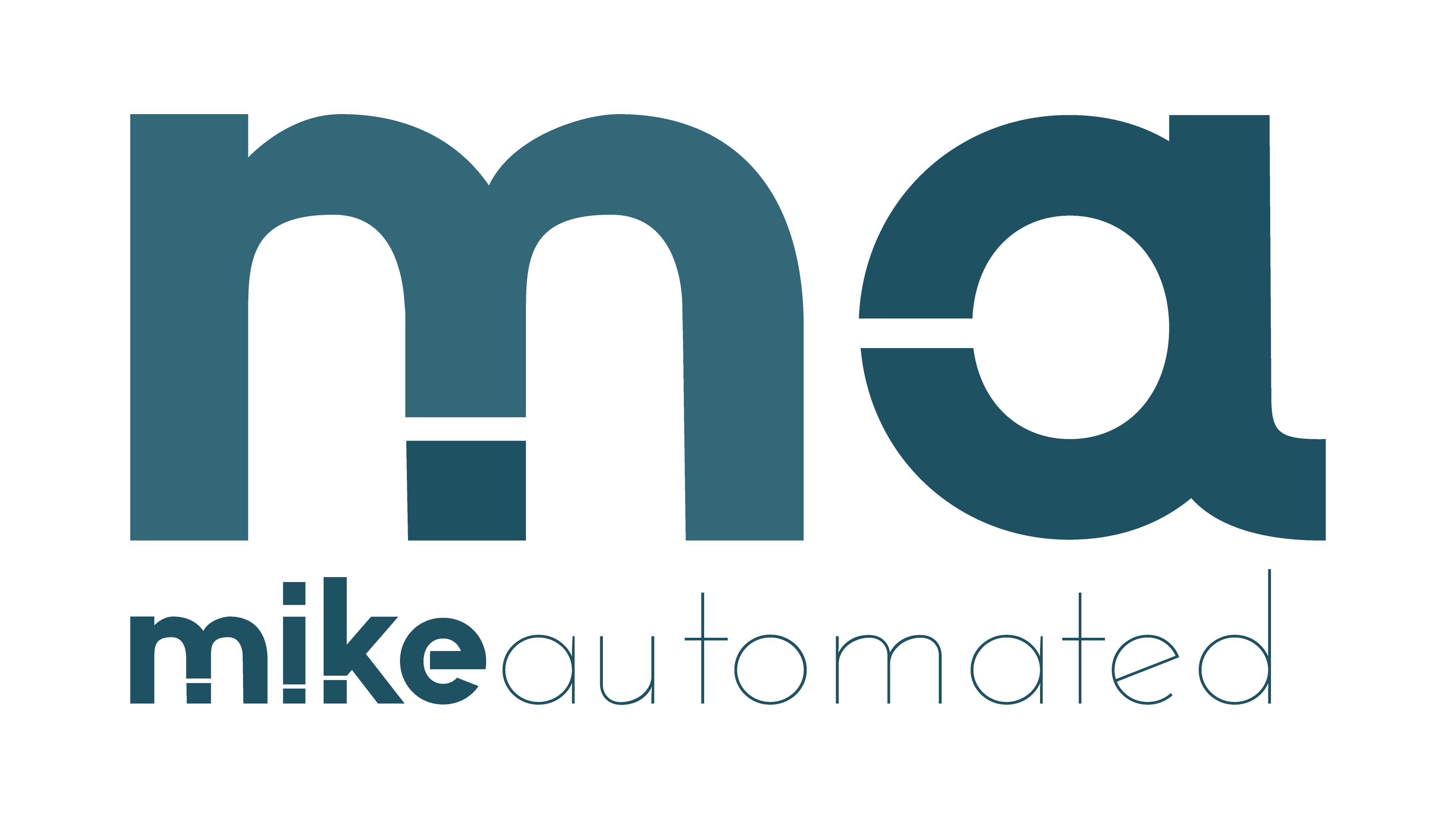TL;DR
- AI in Education enables personalized paths and real-time feedback that adapt to each learner.
- Start with targeted pilots that align with learning goals and classroom workflows.
- Prioritize privacy, equity, and transparency when selecting and deploying AI tools.
- Track concrete outcomes like student growth, engagement, and teacher efficiency to prove impact.
AI in Education is reshaping how students learn and how teachers support them. By combining machine learning, natural language processing, and data analytics, education systems can deliver personalized experiences at scale while maintaining human-centered instruction. This article explains what AI in Education is, why it matters, and how to implement responsible, effective AI that strengthens learning outcomes.
What is AI in Education?
AI in Education refers to the use of artificial intelligence technologies to support teaching, learning, and administrative tasks. It includes adaptive learning platforms that adjust content to a student’s current level, intelligent tutoring systems that provide on-demand guidance, and learning analytics that reveal patterns in performance and engagement. These tools can assist with adaptive learning, intelligent tutoring, and automated feedback, all while protecting student privacy and data security.
Beyond content delivery, AI can help educators design more effective curricula. By analyzing how students interact with material, AI reveals which concepts cause confusion and where pacing should change. This approach supports personalized learning and reduces one-size-fits-all pacing, a common barrier to mastery in diverse classrooms. For schools exploring these options, it helps to pair AI with strong pedagogical practices rather than replace them.
Key Benefits of AI in Education
Personalized Learning at Scale
One core benefit is personalized learning. AI analyzes a learner’s strengths, gaps, and preferred styles to curate a customized sequence of activities. This targeted approach helps students progress at a pace that matches their understanding, while teachers receive guidance on where to intervene. To maximize impact, connect AI-driven recommendations to the classroom routine and classroom assessments.
Teachers can integrate AI prompts into existing lesson plans. For example, a science unit can leverage learning analytics to assign practice problems that reinforce core concepts and push students toward higher-order thinking. This alignment ensures AI serves instructional goals rather than creating new, isolated workflows.
Timely Feedback and Assessment
AI systems can provide instant feedback on assignments, quizzes, and projects. When designed with transparency, these tools explain why an answer is correct or where a mistake occurred. This real-time feedback accelerates learning and helps students become more independent problem-solvers.
For educators, AI-generated insights highlight trends across a cohort. They can spot gaps in prerequisite knowledge, monitor progress toward mastery, and adjust instruction promptly. When paired with human assessment, AI complements formative evaluation without replacing teacher judgment.
Accessibility and Inclusion
AI can improve access to learning for students with diverse needs. Speech-to-text, language translation, and adjustable text size support learners across languages and abilities. AI-powered tools can also adapt content for learners with reading difficulties or attention-related challenges, enabling broader participation in class discussions and activities. It is essential to implement these features with inclusive design in mind and to involve students in evaluating their usefulness.
Operational Efficiency and Resource Allocation
Administrators benefit from AI by automating routine tasks, such as scheduling, enrollment analytics, and progress reporting. This frees up time for teachers to focus on instruction and direct student support. A well-integrated system also helps district leaders allocate resources more efficiently by identifying where interventions yield the best outcomes.
How to Implement AI in Education: A Practical Guide
Implementing AI in Education should start with clear goals and a plan that fits existing workflows. Below are practical steps to begin the journey without overwhelming staff or students.
1) Define Learning Goals and Success Metrics
Before selecting tools, articulate what you want to improve. Examples include higher quiz pass rates, reduced remediation time, or improved engagement in STEM. Establish metrics such as median time-to-mastery, weekly active usage, and teacher satisfaction with AI-assisted workflows.
2) Choose Tools with Privacy and Equity in Mind
When evaluating AI offerings, prioritize platforms that comply with data privacy standards and provide clear data governance. Check policies on student data use, retention, and consent. Consider the impact on equity, ensuring devices, bandwidth, and accessibility features are available to all students. For more on this topic, review resources on data privacy in education.
3) Pilot with a Small, Diverse Group
Run a controlled pilot in a couple of classrooms or a single grade level. Include teachers with varying experience and students from different backgrounds. Use a short cycle of implementation (a grading period) to gather feedback and measure early outcomes before scaling.
4) Align with Teacher Workflows
AI should streamline, not complicate, teachers’ routines. Integrate AI insights into gradebooks, lesson plans, and formative assessments. Provide professional development focused on interpreting AI feedback and translating it into actionable instruction. Helpful internal links to consider include AI in Education benefits and intelligent tutoring systems.
5) Focus on Ethical Use and Transparency
Explain how AI makes recommendations and what data it uses. Involve students, parents, and educators in conversations about bias, fairness, and accountability. Build a pathway for students to opt out of certain data collection if feasible, and ensure alternatives remain available for instructional support.
6) Measure, Learn, and Iterate
Track both learning outcomes and engagement. Use dashboards to monitor progress, and schedule regular reviews to adjust settings, content, or pacing. A disciplined feedback loop ensures the AI supports long-term mastery rather than short-term gains.
Practical Example: A Real-World Scenario
Consider a high school deploying an AI-driven adaptive learning platform for mathematics. The system analyzes each student’s correct and incorrect responses, identifies gaps in algebra and geometry foundations, and assigns a personalized sequence of practice sets. The teacher receives a weekly dashboard highlighting students who need intervention and topics that require reteaching. This setup reduces time spent on grading repetitive tasks and provides students with targeted practice beyond the class period. In this scenario, the platform complements existing instruction and enhances differentiation rather than replacing the teacher’s role. See how similar implementations unfold in real schools via a case study.
Another example appears in language arts, where AI-powered writing assistants provide immediate feedback on structure, grammar, and style. Students practice with guided prompts that adapt to their writing level, while teachers monitor overall progress through a class-wide learning-analytics dashboard. This combination of AI support and teacher evaluation fosters a more iterative writing process and promotes higher-quality work over time.
Challenges and Considerations
While AI in Education offers many benefits, it also presents challenges that districts must address to ensure responsible use.
Data Privacy and Security
Student data privacy is non-negotiable. Schools must adopt robust data governance, minimize data collection to essential items, and implement strong security controls. Regular audits and transparent data-sharing policies help build trust among students, families, and educators.
Equity and Access
AI can widen gaps if some students lack devices or high-speed internet. Schools must ensure equitable access to technology, provide offline options when possible, and design AI experiences that do not depend solely on always-on connectivity.
Transparency and Trust
Educators and students should understand how AI makes decisions. Clear explanations of recommendations, along with opportunities to question or override AI guidance, preserve human oversight and integrity in the learning process.
Bias and Quality Assurance
ML models reflect the data they are trained on. Continuous monitoring is essential to identify and mitigate biases that could affect assessment, recommendations, or content accessibility. Regular updates and clinician-education-style reviews can help maintain quality.
The Road Ahead: What This Means for Educators and Learners
The future of AI in Education lies in a thoughtful blend of technology and pedagogy. AI should handle repetitive tasks, surface insights, and support personalized paths, while teachers guide critical thinking, empathy, collaboration, and ethical reasoning. This symbiotic approach can elevate learning outcomes, especially when schools invest in professional development, robust data governance, and inclusive design.
As AI tools become more capable, districts should prioritize education technology that respects student autonomy and strengthens teacher agency. The goal is not to replace human instruction but to amplify it—giving educators more time for high-impact activities like mentoring, project-based learning, and meaningful student collaboration. For readers seeking deeper strategies, explore articles on AI benefits in education and ethical AI in education.
Conclusion: Embracing AI in Education with Confidence
AI in Education offers a practical path to personalized learning, faster feedback, and more informed decision-making. When implemented with clarity, privacy, and equity in mind, AI can remove barriers to mastery and empower both students and teachers. Start small, measure impact, and scale thoughtfully. The future classroom blends human expertise with AI-driven insights to unlock every learner’s potential.
Suggested Visual
Graphic idea: a two-axis chart showing student learning gains over time for AI-assisted vs. non-AI instruction, with a secondary axis for engagement metrics. Purpose: to illustrate the impact of AI on outcomes and participation at a glance. Include a simple infographic that highlights key takeaways for administrators and teachers. This visual will support the narrative of improved learning outcomes and efficiency.
Call to Action
If you’re considering AI in Education at your school or district, start with a pilot and involve teachers from the outset. Gather feedback, quantify results, and share learnings with your community. The path to improved learning outcomes begins with informed experimentation and a commitment to student-centered, responsible AI adoption.



